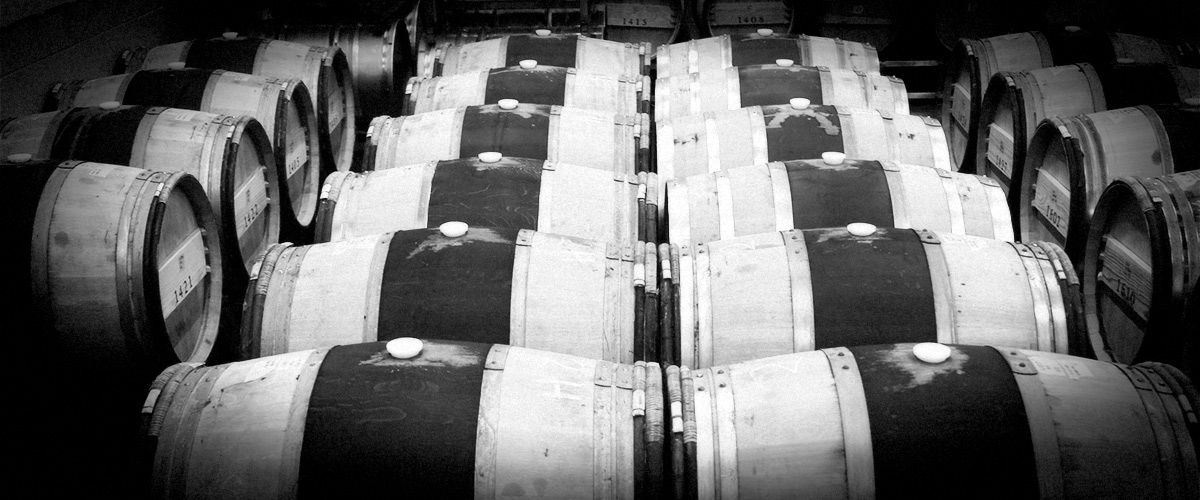by Chris Russell, Contributor
As spring approaches, our attention naturally turns to the vineyard, which is preparing to awaken from its winter slumber. In the winery, however, spring brings an additional rush of activity: the selection of new oak barrels, a critical component of properly aging many wine varietals. Choosing the right barrels isn’t a simple matter, though. It’s actually a surprisingly complex task that requires both data gathering and experimentation to make careful, thoughtful decisions.
Why Oak?
“Why oak?” you may be tempted to ask. It’s a fair question. We could certainly age wines in an inert environment such as stainless steel—and we often do. In previous vintages, for example, our Chardonnay was aged in 100-percent stainless steel, garnering excellent, award-winning results.
It’s a complicated decision. Many varietals absolutely need to see barrel aging as the flavors and aromas contributed by aging in oak are a critical component of the character and structure of those wines. Wines aged in oak take on qualities from the barrel that can be likened to vanilla, allspice, clove, cinnamon, mocha, caramel, toasted bread, and even toffee.
The wood tannins absorbed by the wine lend structure and texture that subtly change as the wine ages. Without oak, certain wines would be missing crucial elements and wouldn’t taste as they should. In other cases, as with our Chardonnay, it’s a matter of style and winemaker preference in finding the best fit. Memorable Chardonnays exist across the spectrum, with oak levels ranging from fairly heavy to none at all.
Not All Oak Is the Same
In general terms, most oak barrels contribute similar flavors, aromas, and tannins to wines aged in them. Not all oak is the same, however. Barrels crafted from American oak tend to have a stronger, sweeter, more aromatic impact with rougher tannins that usually take longer to integrate into the wine. French oak, on the other hand, lends a subtler quality focused mainly on palate impact, with smoother, rounder tannins and a more elegant structural focus. Despite its being considerably more expensive, many winemakers—2Hawk’s Kiley Evans included—generally prefer French oak for most, but not necessarily all, wines.
Among French oak barrels, though, there is still considerable potential variation. As with wine grapes, the character and potential quality of oak is influenced by its environment. The French forests, just as in the United States, grow trees with profound differences depending on elevation, latitude, rainfall, temperature, and other factors. Once sewn, the planks can be further influenced by the climate in which they age and the amount of time they age before final assembly, or coopering. Additionally, during cooperage, heat is used to singe, or “toast,” the inside surface of the barrel.
Use & Reuse
A wine is seldom aged entirely in one single type of oak barrel. At 2Hawk, we routinely age at least a portion of many of our wines in inert stainless steel, previously used oak barrels, or a combination of both. Here, too, experimentation is key: tasting trials are an indispensable tool in determining how the different wines should be aged to reach their maximum potential.
Used oak barrels, often up to several years old (i.e., multiple previous uses), can contribute some aroma and flavor to an aging wine but far less than a new oak barrel does. After a number of uses, a barrel is considered “neutral,” resulting in a storage vessel that will contribute little aroma or flavor but will still allow beneficial oxygenation of the aging wine. Hence, choosing oak barrels is a decision that doesn’t necessarily impact only the current vintage but future vintages for years to come.
A Multifaceted Decision
At 2Hawk, all of these factors are carefully weighed by Winemaker Kiley Evans. The result, year over year, is award-winning wines that excel at capturing the unique, complex terroir of our vineyard.
An Ongoing Process
As we explore in our article, How Is Wine Aged?, aging doesn’t stop once a wine is bottled. The tannins, flavors, and aromas oak barrels lend to a bottled wine continue to develop as the wine ages: tannins become smoother and rounder, while aromas tend to become more complex and subdued. Only through experience and skill is a winemaker able to predict the impact of a particular barrel all the way through to several years in the bottle.
Learn More
We hope you’ve enjoyed this deep dive into our selection and use of oak barrels. If you’re not already subscribed to our newsletter, it’s a fun way to learn more about the winemaking process and keep up-to-date on the latest 2Hawk happenings. Do you have any questions about our wines, our vineyard, or the winemaking process in general? If so, we’d love to hear from you! Please comment below or reach out to us directly via our Contact page.
Meanwhile, if you’d like to know more about Rogue Valley wines, here are a few ways:
- If you’ve heard the term “natural wine” and wondered exactly what it means, you can find out all about it in last month’s post, What Is “Natural Wine”?
- Visit the tasting room to sample our current wines.
- Follow us on Facebook and Instagram to keep up with the latest happenings.

